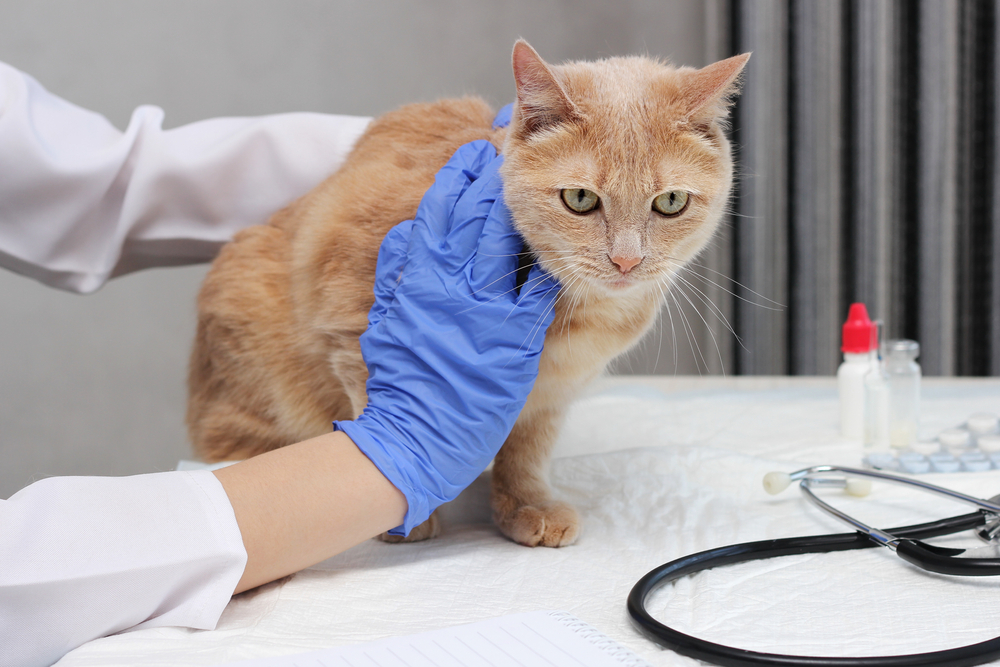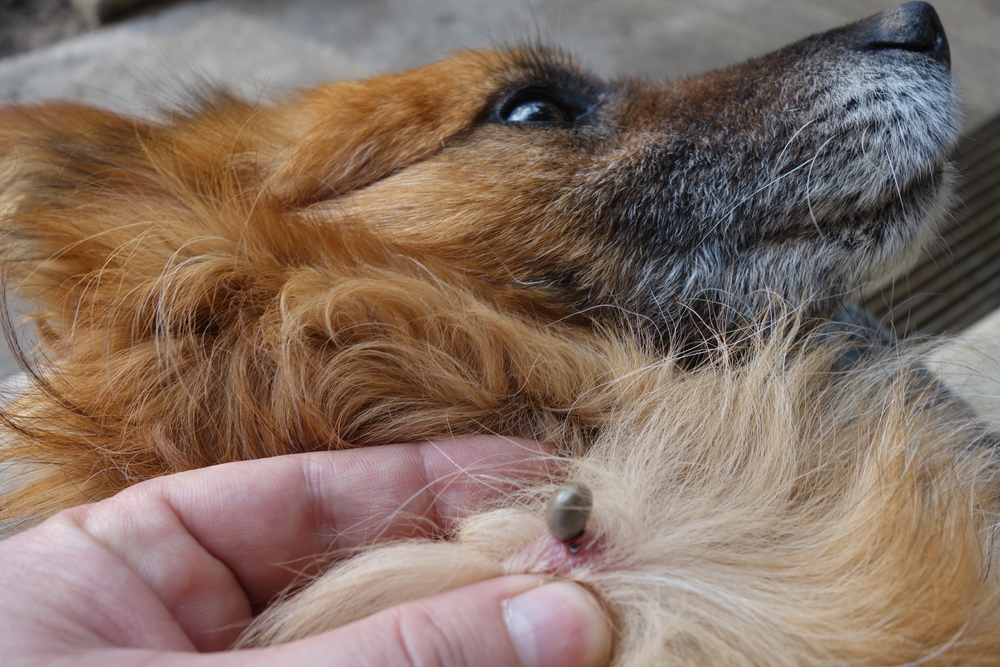Most people find ticks abhorrent, and rightly so, because beyond their initial “ew” factor, they endanger human and pet health. Lyme disease and other tick-borne illnesses are the most significant pet health risk, but tick bites can also lead to local infections. Our Island Animal Hospital team wants pet owners to keep their pets safe from ticks this spring, so we’re sharing information about what makes ticks dangerous and how to protect your pet.
Tick-borne disease and other health threats to pets
Parasites, including ticks, are adept disease vectors that threaten your pet’s health. A tick can transmit one or more disease-causing bacteria types after attaching to a host for a few hours to a few days. Some infected pets can clear the bacteria on their own and do not get sick, while others will develop clinical illness in the weeks after the tick’s bite. The following common tick-borne diseases, including Lyme disease, ehrlichiosis, anaplasmosis, and Rocky Mountain spotted fever, can lead to illness signs and long-term complications that include:
- Fever
- Lethargy or depression
- Swollen lymph nodes
- Anemia (i.e., low red blood cells)
- Bleeding problems from thrombocytopenia (i.e., low platelets)
- Limping and joint pain
- Kidney, liver, or heart problems
Although uncommon, tick bites can also lead to local skin problems, including infection, abscess, or allergy. Most complications are minor and easily treatable, but a few pets—commonly those with other pre-existing skin conditions—may have severe reactions.
Choosing a tick preventive for your pet
Tick preventives are the best way to protect your pet from tick-borne disease and other tick-bite complications. Our hospital stocks multiple tick prevention options, and we can help you choose the best option, and the best formulation, for your pet. Tick prevention products include:
- Topical spot-on — These are applied to the skin and typically work for about a month. They are a popular choice and work well for most pets.
- Topical spray — Most tick sprays work as repellents and are effective for only a few hours. These are best used in conjunction with a longer-lasting product, but are good choices for pets who frequent forested or buggy areas.
- Collar — Tick collars may last several months and are highly effective, but some contain ingredients that interact negatively with other medications. Always check with our team before choosing a tick collar.
- Oral chew — Newer preventives in an oral chew formula last up to three months and are a good choice for pets who frequently swim or take baths.
Other tick avoidance strategies for pets
Most tick preventives kill ticks after they bite, which means they can still pose a risk for disease transmission. Several other strategies that work well when combined with tick preventives include:
- Sticking to paved or mowed paths when walking with your pet
- Avoiding wooded or grassy areas during peak tick seasons (i.e., spring and fall)
- Checking pets for ticks after coming inside
- Brushing long-haired pets to remove loose ticks
- Removing ticks promptly to avoid disease transmission, which can occur after several hours
How to remove a tick from your pet
Ticks are easier to remove than you think. Use one of the following techniques:
- Tick removal tool — A tick removal tool (i.e., tick twister, tick key) is a small plastic device that quickly grasps and removes ticks. Follow the product instructions for the best results.
- Tweezers — If you don’t have a tick tool handy, use household tweezers. Grasp the tick’s head at the base and pull with slow, steady pressure until the tick releases. Avoid crushing the tick’s body, which could expose you or your pet to potential diseases.
When to seek veterinary care for a tick bite

Our team is here if you need help removing ticks from your pet, or would like us to demonstrate proper tick-removal techniques. Tick bites are irritating and create inflammation at the bite site, so a small, firm bump is normal for a few weeks afterward. Contact our team if you notice drainage, pain, or increasing swelling around the tick bite, or your pet develops itching, hives, or hair loss that could indicate an allergic reaction. Also, ask our team about annual tick disease screening if your pet is high-risk. Schedule an urgent visit if you notice any of the tick-borne disease signs listed above.
You can protect your pet from tick-borne disease and other tick bite complications with an effective prevention product and other tick prevention strategies. Contact our Island Animal Hospital team to learn more about ticks, for help choosing a tick preventive, or for your pet’s next wellness examination and tick-borne disease screening.





















Leave A Comment